What are low-speed electric vehicles and how to classify?
Low-speed electric vehicles are a branch of low-speed vehicles, which refer to low-speed vehicles that are purely electric. Different countries and regions have different definitions of low-speed vehicles, so the definition of low-speed electric vehicles also varies.
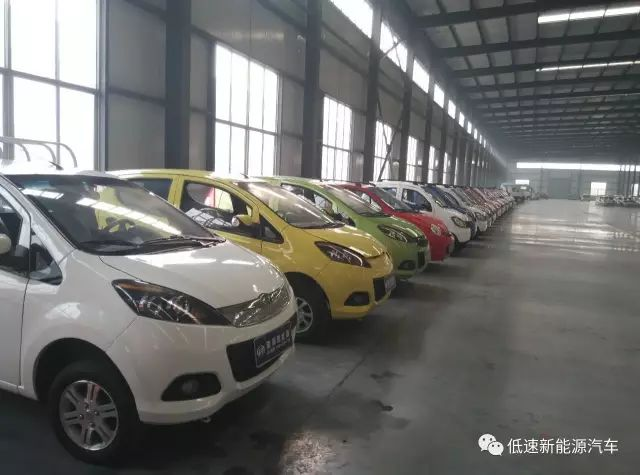
Low-speed electric vehicle concept
Low-speed electric vehicles are a branch of low-speed vehicles, which refer to low-speed vehicles that are purely electric. Different countries and regions have different definitions of low-speed vehicles, so the definition of low-speed electric vehicles also varies.
The first category is a fleet golf cart , or golf cart , which is used on golf courses and can carry one or more passengers and various golf equipment. This type of car is generally used on golf courses .
The second category is private golf carts, which are sold to private individuals. They carry one or more golfers and also carry golf equipment, such as clubs. However, the difference is that this car is sold to private individuals, who need to drive the car from home to the golf course, so this car is allowed to be driven on public roads. It can be used to go back and forth between golf courses, and later it has developed to the point where it can be driven to certain areas when not going to the golf course. This is the second category.
The third category is the improved golf cart, or the golf cart with increased speed. On the traditional golf cart, the speed limit of the golf cart is 15 miles per hour, which is 30 kilometers per hour. Some of them can be increased a little bit, but the highest regulations also stipulate that it cannot exceed 20 miles per hour, that is, the maximum speed cannot exceed 40 kilometers per hour. However, after the speed is increased, these cars must add some safety equipment.
The fourth category is the neighborhood golf cart. The name has not yet been fully unified in our country. It is a four-wheeled electric vehicle with a maximum speed of no more than 25 miles per hour, 40 kilometers per hour. This type of vehicle has developed into various forms, like golf vehicles, like off-road vehicles, and passenger and cargo vehicles.
The fifth category is low-speed vehicles, with a maximum speed between 30 kilometers and 40 kilometers and no more than 25 miles. This type of vehicle includes the high-speed golf carts mentioned above, as well as neighborhood electric vehicles.
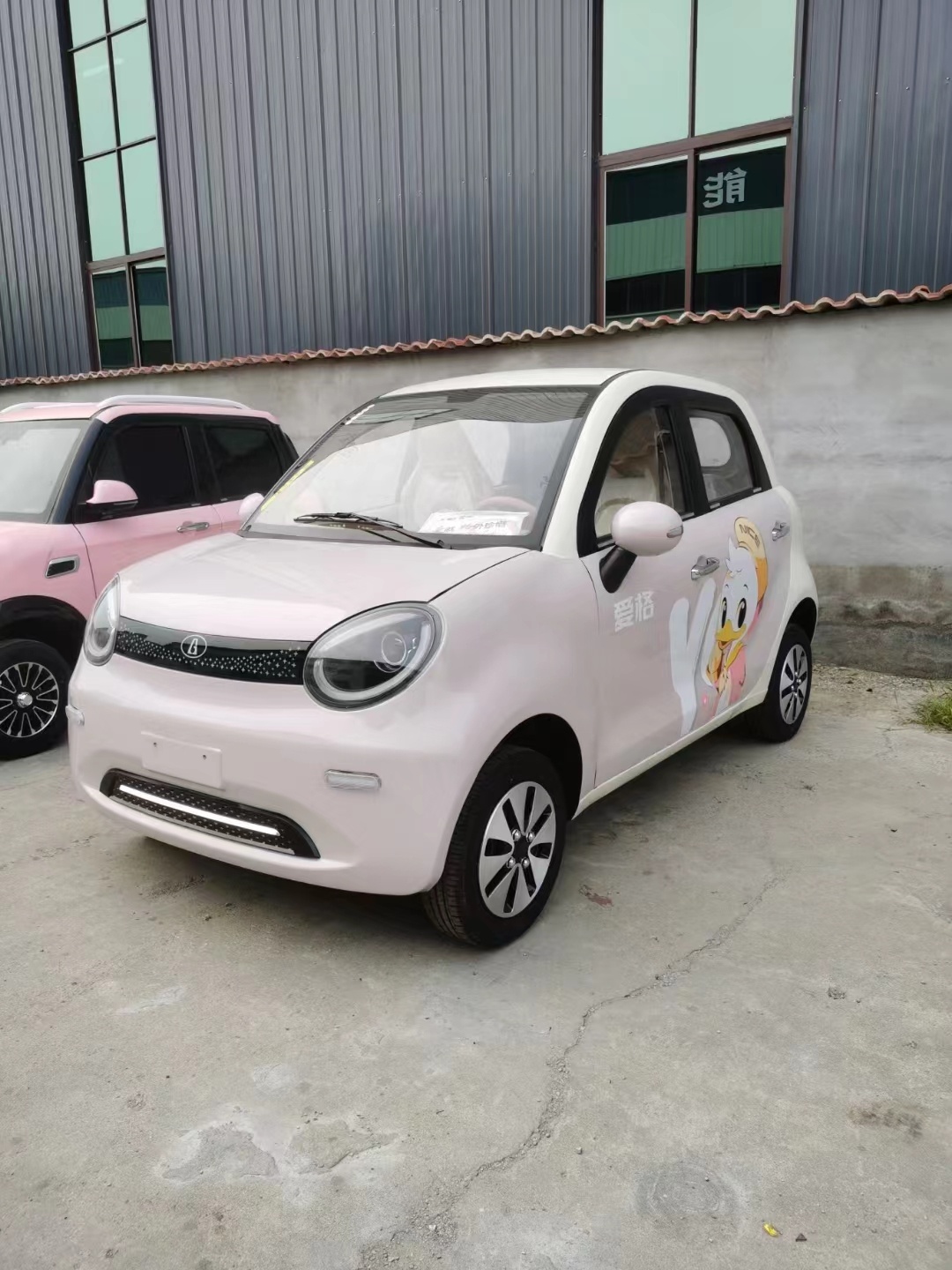
Low speed car speed detection
Test conditions: On a paved horizontal road, the maximum friction coefficient is 0.9, the longitudinal slope (in the direction of travel) is not more than 1%, the transverse slope (perpendicular to the direction of travel) is not more than 2%, the test lane width is not less than 3.5, the ambient temperature is 0-40 degrees Celsius, and the wind speed is less than 5 meters/second.
Vehicle condition: The vehicle is fully equipped, including the driver and the accompanying tools, plus one passenger, weighing 78 kg. The tire pressure should be the pressure indicated on the sidewall, and all openable devices of the vehicle should be closed, such as doors, windows, luggage compartments or cargo boxes, etc. The battery should be charged to the required state as recommended by the manufacturer, and recharging is not allowed during the test. Once the test begins, no adjustment, repair or replacement of any parts is allowed.
Testing method: The car starts from a stationary state and the maximum speed is measured at any point on a test section of 1.6 kilometers in length. The test can be repeated within 30 minutes for round trip testing.
Low-speed vehicle safety standards
The United States has confirmed that motor vehicles with a maximum speed higher than 32km/h but lower than 40km/h are a new category of motor vehicles, called low-speed vehicles.
According to the U.S. low-speed electric vehicle safety standards, low-speed vehicles must have headlights, front and rear turn signal lamps, tail lamps, stop lamps, reflex reflectors - there is a red reflector on each side of the vehicle, as far away from the rear end as possible, and a rearview mirror on the driver's side. In addition, a rearview mirror is installed on the passenger side outside or inside the vehicle, parking brake, windshield - optional AS-1 or AS-5, vehicle identification number, safety belt assembly - optional Type I or Type II.
EU definition of low-speed electric vehicles
EU definition of low-speed electric vehicles: The EU does not have a specific definition for low-speed electric vehicles, but instead classifies this type of vehicle as a motorized quadricycle, and divides it into two categories: light quadricycles (L6E) and heavy quadricycles (L7E) based on vehicle weight, speed and power.
EU low-speed electric vehicle categories
According to EU regulations, the empty vehicle mass of low-speed electric vehicles that belong to L6E shall not exceed 350 kg (excluding the weight of the power battery), the maximum design speed shall not exceed 45 km/h, and the maximum continuous rated power of the motor shall not exceed 4 kW; the empty vehicle mass of low-speed electric vehicles that belong to L7E shall not exceed 400 kg (excluding the weight of the power battery), and the maximum continuous rated power of the motor shall not exceed 15 kW.
EU low-speed electric vehicle safety standards
Although the relevant EU type certification has lowered the relevant regulatory requirements for low-speed electric vehicles in terms of passive safety such as collision protection, given the lower safety factor of this type of motor vehicle, it must still be equipped with necessary safety devices such as seats, headrests, seat belts, wipers and lights.
EU low-speed electric vehicle driving requirements
In addition, in some European countries, depending on the weight, speed and power, a driver's license is not required to drive some low-speed electric vehicles, but the EU has specific regulatory requirements for low-speed electric vehicles with different maximum rated power.
According to EU regulations, for low-speed electric vehicles that belong to L6E, the maximum rated power is less than 4 kilowatts, the driver must be at least 14 years old, and applying for a driver's license only requires a simple test; for low-speed electric vehicles that belong to L7E, the maximum rated power is less than 15 kilowatts, the driver must be at least 16 years old, and applying for a driver's license requires 5 hours of theoretical training and a driving theory test.
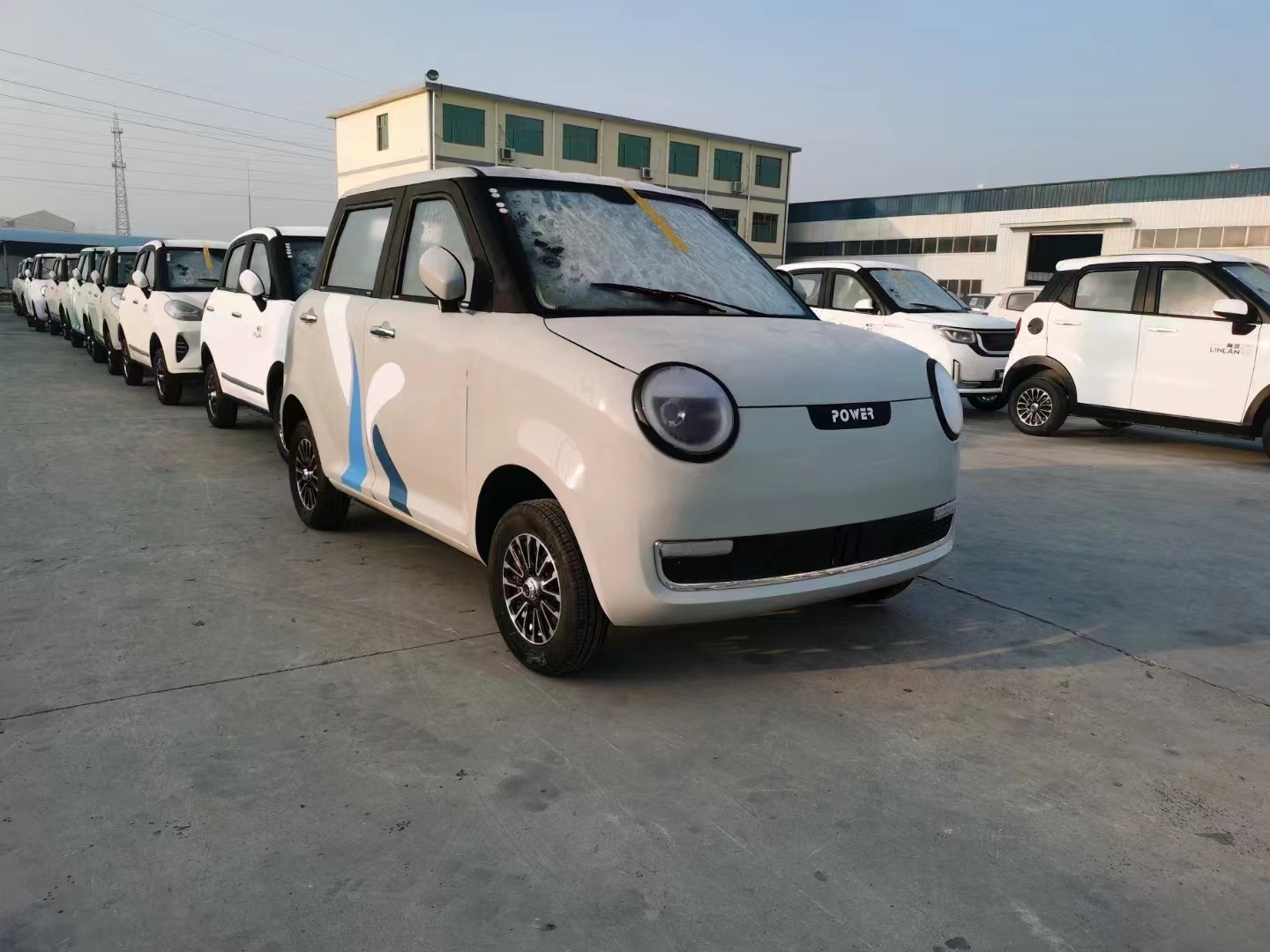
The use of low-speed electric vehicles in my country
The development of low-speed electric vehicles in my country has just started, and the main production areas are Shandong, Henan, and Hebei. Most of them are purchased by private individuals for rental, passenger transportation, private cars, etc., with a speed of 40-60km/h. However, since my country does not have the same low-speed vehicle production standards as the EU and the United States, and relevant policies have not been relaxed, the development of low-speed electric vehicles in my country has been slow. Most of the people in my country use two-wheeled and three-wheeled electric vehicles for travel. This "iron-wrapped" means of transportation not only does not protect against wind and rain, but also exposes the driver to harm, and countless traffic accidents occur every year.
At the same time, most of my country's low-speed electric vehicle manufacturers do not have the complete four major processes of automobile production (stamping, welding, painting, and assembly), and many companies' products have no quality assurance. With the exposure of these products by CCTV 3.15 and Focus Interview programs in 2014, these inferior products gradually disappeared from the market, and were replaced by a group of companies like "Tiangong Group" that have a complete set of European low-speed electric vehicle production standards and the four major processes of automobile production. Such companies ensure the safety, reliability, convenience and practicality of their products.
The speed limit in most urban areas of my country is below 70km/h. Driving in urban areas rarely reaches 60km/h due to speed limits.
The survey results show that the average daily mileage of all three levels of cities, first, second and third, does not exceed 60 kilometers, but is higher than 50 kilometers. If various factors such as the number of cars in cities and the cost of using cars are taken into account, the average daily mileage of first-tier cities may be shorter in the future. Some of these car users or potential car users will turn to public transportation, and some will turn to four-wheel low-speed electric vehicles. For non-car users, there is a demand for upgrading transportation. According to incomplete statistics, there are currently more than 500 million bicycles, nearly 80 million two-wheel motorcycles, and nearly 60 million electric bicycles in the country, with a total of more than 600 million.
These consumers all have the need to upgrade their means of transportation. These users have an urgent need to improve their travel conditions. However, most consumers cannot afford a car or the car is not the most suitable for them. Electric vehicles have only made breakthroughs in some marginal market segments and have not yet entered the field of mainstream transportation. However, judging from the current development situation, in the future, second- and third-tier cities as urban commuter vehicles and rural towns and villages as urban and rural commuter vehicles will be two markets worth looking forward to. For the target market, consider the following basic elements: ⑴ Market positioning: for consumers with limited economic ability and low requirements for mileage and speed; ⑵ Technical route: adopt low-cost, stable and mature technology; ⑶ Design ideas: meet the core needs of consumers for transportation and reduce all unnecessary equipment and functions. At the same time, increase the value points that are attractive to target consumers, such as fashionable appearance.
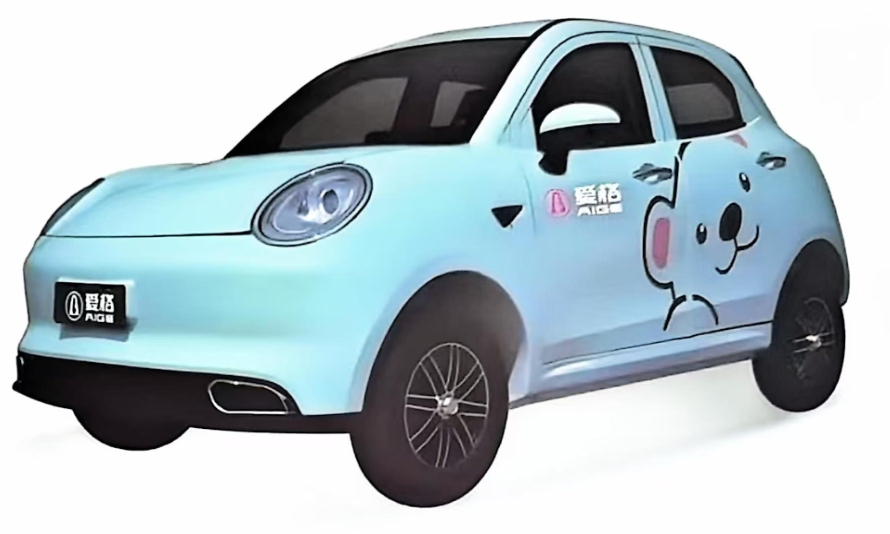
Background and significance of developing low-speed electric vehicles
As the dual pressures of resources and environment continue to increase, electric vehicles have become the development direction of the future automobile industry. Although my country's electric vehicle industry has made great progress, there is still a certain gap in key technologies compared with overseas automobile giants. From the current market capacity and technical level in my country, low-speed electric vehicles have the advantages of good economic performance, energy saving and environmental protection, resource conservation, low cost of use, and convenient charging. They are the most economical, most environmentally friendly, and most easily promoted means of transportation in second- and third-tier cities, and are a strategic choice for my country to achieve green transportation.
Actively developing low-speed electric vehicles has long-term strategic significance. From a practical perspective, low-speed electric vehicles are the best products to promote the industrialization of electric vehicles in my country and open up a large-scale consumer market for electric vehicles; from a long-term development perspective, the core technology of high-end electric vehicles can be improved through the technical upgrade of low-speed electric vehicles. With the introduction of the national energy-saving and new energy vehicle subsidy policy, my country's strategic route of focusing on supporting pure electric vehicles has been basically determined. The pure electric vehicles currently on sale or about to enter the market are basically high-end electric vehicles, with prices mostly above 150,000 yuan, and some even reaching more than 200,000 yuan. Even if they enjoy national subsidies, most people still think the prices are too high. At the same time, they are worried about the lack of supporting charging facilities and the short battery life. As a result, the pure electric vehicles that have been "announced" by the company have been delayed in launching the market, and some products that have been launched on the market have not been recognized by consumers. On the contrary, low-speed electric vehicles have been favored by many consumers because of their low price and good quality. In some towns in Shandong, Jiangsu, Henan, Zhejiang, Hebei and other places, energy-saving and environmentally friendly low-speed pure electric vehicles have formed a certain scale, and the number of them is growing. Since my country adopts announcement management for automobile product access, automobile products that are not included in the national announcement cannot be put on the market for sale. Therefore, the electric vehicles produced by most low-speed electric vehicle manufacturers cannot be included in the Ministry of Industry and Information Technology's "Vehicle Production Enterprise and Product Announcement".
At present, in order to solve the market situation where high-end and high-priced electric vehicle products are priced but not sold, and to effectively utilize the existing technological level of electric vehicles, while maintaining the general direction of developing electric vehicles, giving priority to the development of low-speed electric vehicles is more in line with my country's actual national conditions and is more conducive to the promotion and application of electric vehicles.
Giving priority to the development of low-speed electric vehicles is in line with my country's strategic planning for new energy vehicles, and will not hinder the development of high-end electric vehicles. my country's automobile market demand is multi-level, and giving priority to the development of low-speed electric vehicles is a phased strategy. At present, the speed limit in most urban areas in China is below 70 kilometers per hour. In the future, the demand for automobiles will account for 2/3 of the market in the urban-rural fringe, and there will be a demand for 90 million vehicles. The price of low-speed electric vehicles is 10,000 to 50,000 yuan, the speed is 50-60 kilometers per hour, and it can travel 100-150 kilometers on a single charge. The optimized lithium-powered low-speed electric vehicles can travel about 300 kilometers on a single charge. The total cost of using low-speed electric vehicles is less than 1/4 of that of traditional vehicles, and they have strong vitality and broad market development prospects.
Developing low-speed electric vehicles is the only way to reduce dependence on oil and resolve the contradiction between the rapidly growing energy demand and limited oil resources. In recent years, my country's automobile market has developed rapidly and has become the world's largest automobile market. According to the current growth rate and fuel consumption level, by 2020, my country's car ownership will reach 150 million vehicles. If all fossil energy is used, the annual oil consumption will reach 250 million tons, accounting for about 55% of my country's total oil consumption by then. Therefore, vigorously developing the most popular low-speed electric vehicles is an important measure to alleviate my country's oil shortage and reduce its dependence on foreign oil.
Energy conservation and emission reduction are important measures to implement the scientific development concept and build a harmonious society. Urban motor vehicle exhaust emissions account for more than 65% of the total urban pollution. In terms of efficiency, the energy conversion efficiency of traditional cars is only 17%, while that of electric cars is 90%. Even considering the efficiency loss of coal-fired power generation, the total efficiency of electric cars is greater than 30%, about twice that of traditional cars, and the energy-saving effect is very obvious. 80% of low-speed electric vehicles are charged at night and used during the day, which can balance the power consumption of the power grid. Actively developing economically desirable, technically feasible, energy-saving and environmentally friendly low-speed electric vehicles is a long-term measure to reduce carbon emissions and improve urban air quality.
challenge
With the country's proposal for an energy-saving and environmentally friendly economy, the electric vehicle market entered a period of explosive growth in 2015, and low-speed electric vehicles developed rapidly. Relevant data show that the production of low-speed electric vehicles exceeded 600,000 units in 2015, and its brands are also diverse, with more than 40 well-known brands. Although the low-speed electric vehicle market presents a thriving scene, low-speed electric vehicles have always been in a gray area between legal and illegal. Although various places have taken corresponding measures to rectify, they have not been able to effectively solve the problems in the electric vehicle market so far.
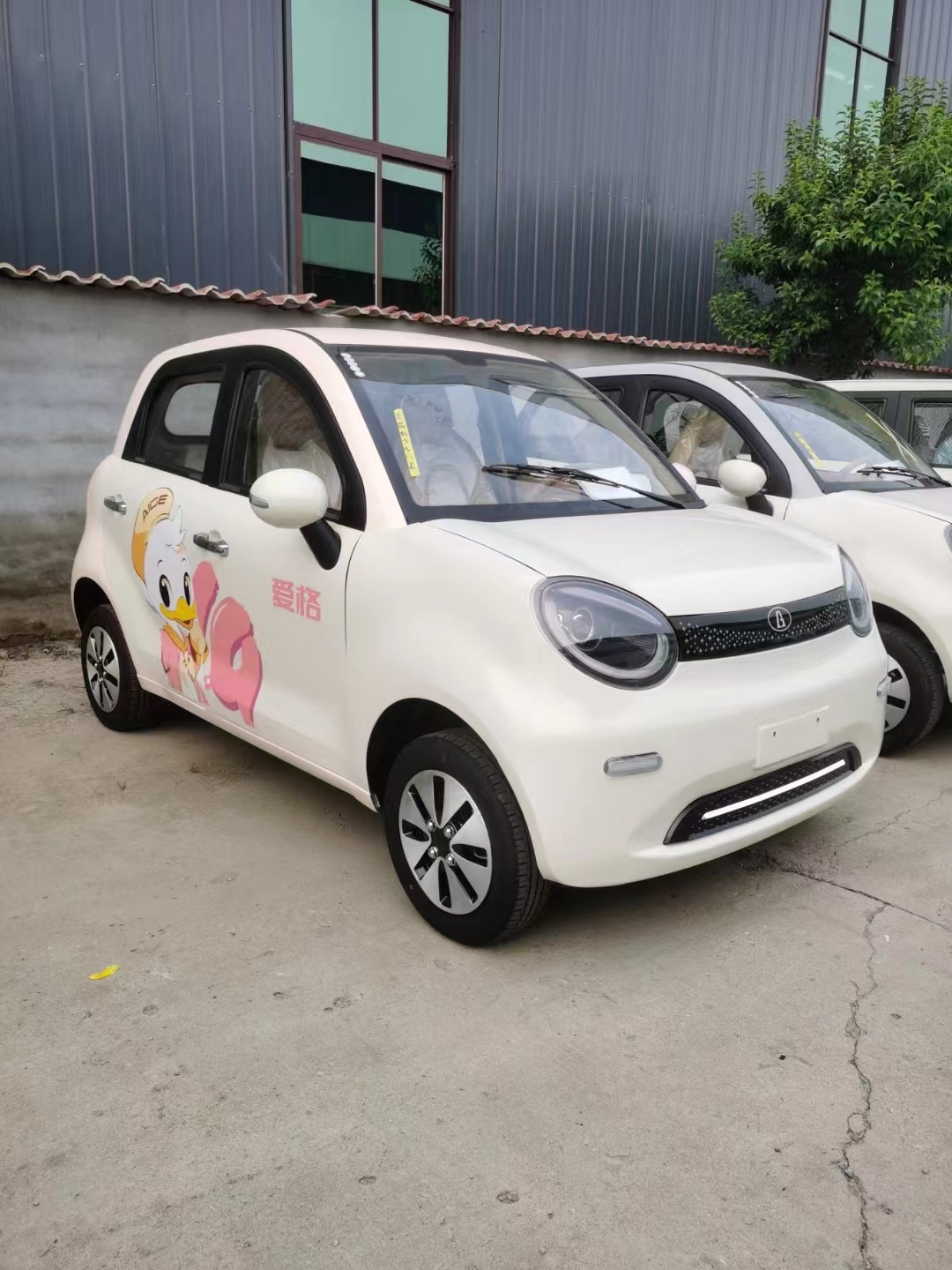
So what are the problems in the low-speed electric vehicle market?
1. Low-speed electric vehicles do not solve the environmental problem very well. Although the country strongly advocates the use of lithium batteries as the power source of electric vehicles, due to their relatively high prices, many manufacturers use lead-acid batteries as power in order to obtain higher profits. The service life of lead-acid batteries is about 2-3 years, and the replacement cycle is short. The cost of recycling discarded lead-acid batteries is high, and they will also produce pollutants such as lead and sulfur.
2. Quality cannot be guaranteed. At present, the country has no good management method for low-speed electric vehicles. No matter how big or small the enterprise is, it has not formed a strict and effective quality control process. Therefore, the quality of many electric vehicles cannot be guaranteed. When the circuit of the whole vehicle is worn or there is water, it may short-circuit and cause spontaneous combustion, threatening people's lives and property safety.
3. Impact on traffic order. The low-speed electric vehicle market is mainly concentrated in towns and counties. Most users are elderly people who do not have a driver's license. Moreover, most users are not very clear about traffic rules. They often run recklessly when driving low-speed electric vehicles, which seriously affects traffic order.
4. Limited driving range and inconvenient charging. Low-speed electric vehicles are powered by electricity and generally have a short driving range. At present, my country has not built enough charging facilities. Once the power is exhausted, electric vehicles will not be able to continue driving, which brings many inconveniences to people's lives.
Although there are many problems in the low-speed electric vehicle market, it is, after all, a means of transportation advocated by the country under the new energy economy situation. The country should take corresponding measures to reduce the cost of lithium batteries so that electric vehicles can truly meet the development requirements of an energy-saving and environmentally friendly economy. At the same time, it is necessary to improve policies and regulations, strengthen supervision of the electric vehicle market, and form a set of effective regulatory measures.



























 XINDA
XINDA